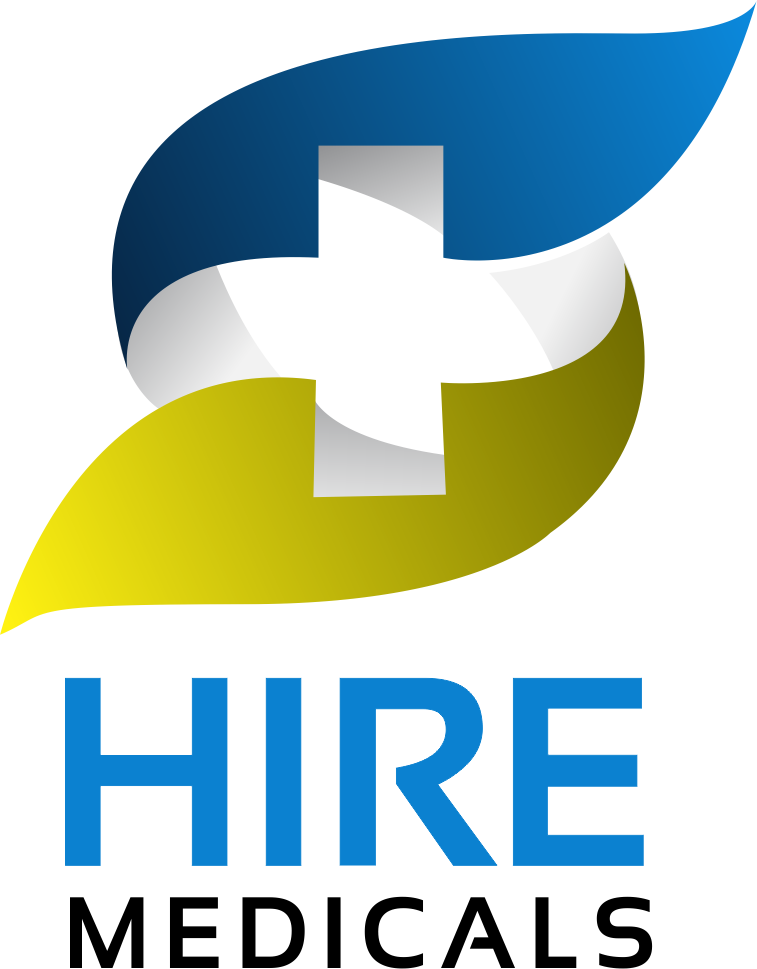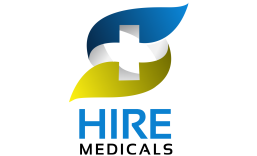
10 Jun THE HEALTH WORKER AND PERSONAL SAFETY
Evidently, the healthcare sector is a uniquely hazardous line of work when it comes to personal safety. Over the years, a good number of nurses in healthcare settings have experienced injuries and diseases as a result of their profession. Studies have shown that more nurses have been affected negatively by their jobs than even workers in heavy construction and mining.
It is no news that doctors and nurses confront potential exposure to infectious diseases, radiation, toxic substances and back injuries every single day of their working lives. Aside this, health workers are also imperiled by other work-related hazards such as stress, violence in the workplace and shift work. Thus, health workers are generally exposed to biological, chemical, physical and psychosocial risks all at once – personal safety.
The health worker must therefore be in the know about all the environmental hazards surrounding their profession in order to help them properly deal with these risks on a daily basis. After all, the personal safety of healthcare personnel is pertinent to the patients they serve, as well as themselves. We cannot overemphasize the importance of a healthy nursing staff to monitor and care for patients.
Let’s discuss three of the several risks that health personnel are perpetually exposed to and how to deal with them to ensure optimum safety in the workplace.
SHIFT WORK AND LONG HOURS
Studies have shown that shift work and hour rotation affects workers by disturbing their circadian rhythm, sleep pattern, family and social life. These disturbances tend to reduce the length and quality of sleep, thus increasing sleepiness and fatigue. There are also gastrointestinal, cardiovascular and psychological effects to be considered.
Long hours reduce the time available for rest, thus not allowing the worker to recover completely before reporting back to work. Exposure to workplace hazards is also extended, and time for exercise and nutritious meals is often cut short. Accumulated stress may encourage unhealthy habits such as smoking, alcoholism and caffeine use.
In order to deal with the stress brought about by shifts and long hours, employers must look into drawing up new work schedules with adequate rest breaks for their workers, shoring up staff support, participating in fitness programs and offering healthy workplace programs.
MUSCULOSKELETAL INJURY
Research has shown that healthcare workers are at high risk of musculoskeletal pain and disorders, especially back injuries, owing to their extended job schedules, increased pace of work and high physical and psychological demands.
Insufficient recovery time from physical and postural risk factors during long hours of work may lead to back injuries over time. The majority of healthcare personnel have demanding work schedules which puts them at greater risk.
The three common interventions here have been; offering staff classes in body mechanics, training in safe-lifting techniques, and the use of back-belts. However, these solutions are based more on tradition than on scientific evidence. The approaches currently being favored include; provision of patient-handling devices and equipment, training on their proper use, no-lift policies, and utilization of patient lift teams.
DISEASE
The use of hypodermic needles alone exposes healthcare workers to serious and even life-threatening blood-borne infections and diseases. It is estimated that over 1,000 health workers contract serious infections (such as HIV and hepatitis B or C) each year from a hypodermic needle injury. At an average hospital, workers incur approximately 30 hypodermic needle injuries per 100 beds, with most of these workers being nurses.
The only solution to this lies in adherence to strict safety and handling requirements. Sharps Disposal Containers have safety features integrated into their design with the aim of preventing hypodermic needle accidents. These devices also include a protective covering for the needles.
Of course, there are many other examples of exposure and contamination. This is the reason that workplace safety is so important in the healthcare industry.
There are so many risk factors involved in working in the healthcare sector. All in all, health workers are fully aware of the risks related to exposure, but their passion to save lives ultimately balances the risks. Nevertheless, all bases must be covered to ensure that these risks are reduced to the barest minimum.




No Comments